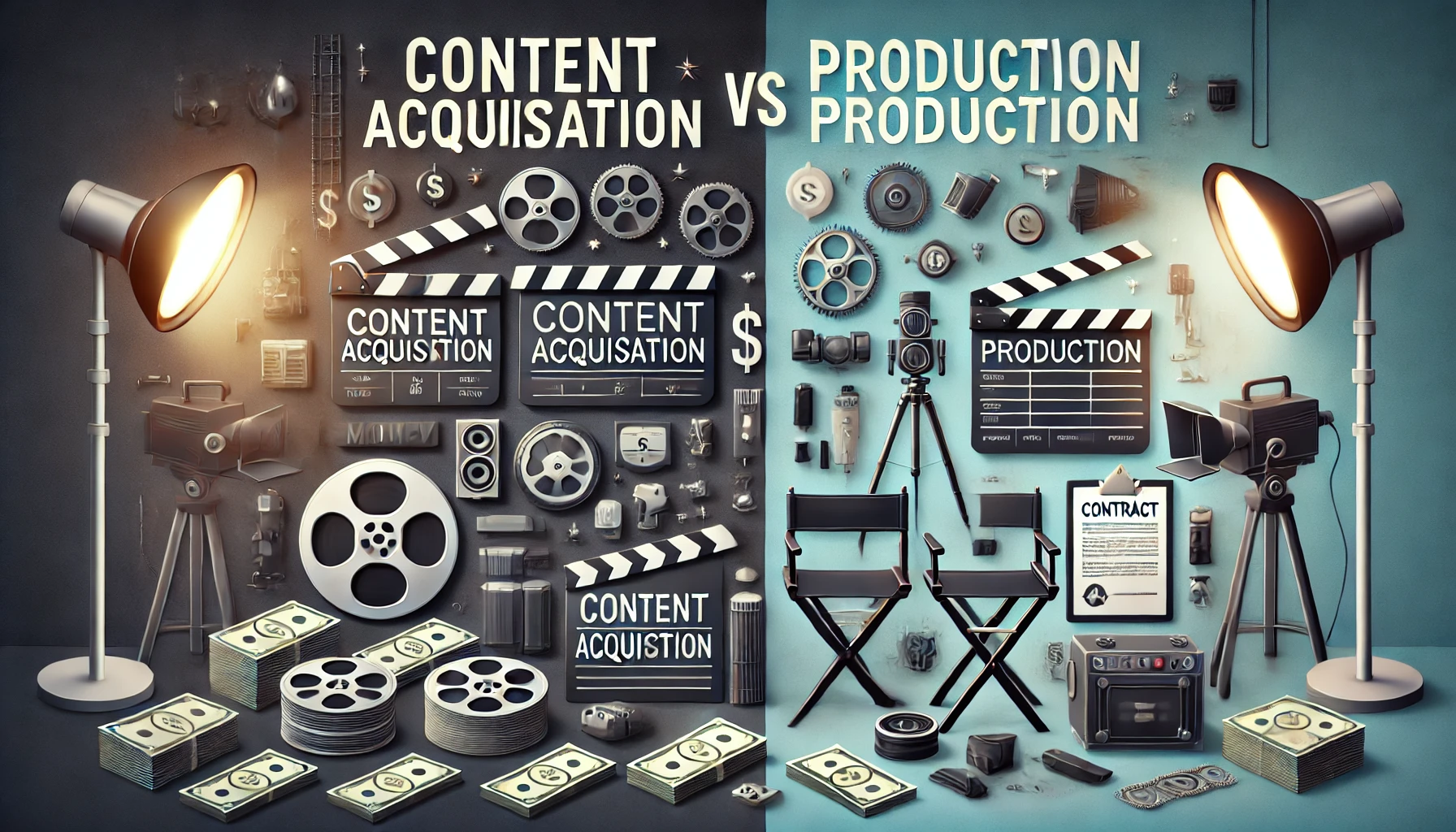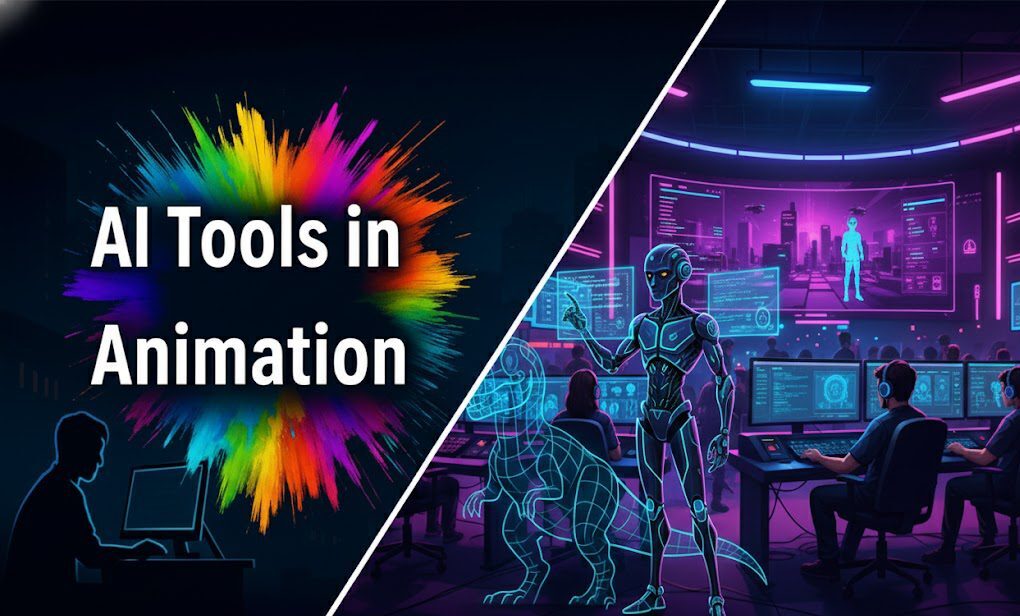In today’s dynamic entertainment landscape, the debate between content acquisition vs. production is more crucial than ever. As industry professionals, we’re constantly weighing the benefits and challenges of each approach. Whether you’re a content buyer, seller, producer, or distributor, understanding the nuances of content acquisition vs. production can make or break your success. Let’s dive into this critical topic and explore how Vitrina is transforming the way entertainment professionals navigate these decisions.
The entertainment industry is at a crossroads. With streaming platforms proliferating and audience preferences shifting rapidly, the choice between content acquisition and production has never been more complex. On one hand, acquiring existing content can provide immediate inventory and potentially lower risks. On the other, original production offers unique branding opportunities and long-term IP ownership.
Connect with industry leaders on Vitrina to discuss content strategies

When it comes to content acquisition vs. production, cost is often the first consideration. Acquiring content can seem more cost-effective initially, but production might offer better long-term value. Let’s break down the financial aspects:
- Acquisition costs: Licensing fees, negotiation expenses
- Production costs: Talent, equipment, post-production
Remember, these costs vary widely based on content type and quality. For instance, acquiring a blockbuster movie might cost significantly more than producing a niche documentary series.
To get accurate cost estimates for your specific needs, create your free account on Vitrina and connect with industry professionals who can provide detailed insights.
In the fast-paced entertainment world, timing is everything. Content acquisition often allows for quicker market entry, which can be crucial for meeting audience demands or filling programming gaps. Production, while typically slower, offers more control over the timeline and content quality.
Consider these factors:
- Acquisition: Immediate availability, but potential competition for popular content
- Production: Longer lead times, but ability to align with strategic release dates
For example, a streaming platform like Netflix might acquire a popular sitcom for immediate release while simultaneously producing original content for future seasons.
Discover time-sensitive content opportunities on Vitrina
Quality is paramount in entertainment. When comparing content acquisition vs. production, control over quality is a significant factor:
- Acquisition: Pre-existing quality, limited ability to modify
- Production: Full control over quality, ability to tailor to audience preferences
Production companies like Pixar have built their reputation on consistently high-quality original content. Meanwhile, distributors like HBO have found success with a mix of acquired and original programming.
To explore portfolios of top-quality content creators and acquisition opportunities, sign up for Vitrina today.
Building a strong brand and connecting with audiences are crucial for long-term success in entertainment. Let’s examine how content acquisition vs. production affects these areas:
- Acquisition: Leverage existing fan bases, but less brand differentiation
- Production: Create unique brand identity, stronger audience loyalty
For instance, Disney+ has successfully combined its original productions like “The Mandalorian” with acquired content from the Star Wars franchise to strengthen its brand identity.
Connect with branding experts and content creators on Vitrina
Distribution plays a pivotal role in the content acquisition vs. production debate. Each approach comes with its own set of distribution challenges and opportunities:
- Acquisition: Often comes with pre-existing distribution deals or limitations
- Production: Full control over distribution rights, but requires more effort to secure channels
Companies like Amazon Prime Video have mastered the art of balancing acquired content with original productions in their distribution strategy.
To explore innovative distribution strategies and connect with distribution experts, create your free account on Vitrina.
The content acquisition vs. production debate is multifaceted, with each approach offering distinct advantages. While acquisition can provide quick content influx and leverage existing popularity, production offers creative control and long-term brand building. The right choice depends on your specific goals, resources, and market position.
As the entertainment landscape continues to evolve, staying informed and connected is crucial. Vitrina offers the insights, connections, and tools you need to navigate these complex decisions and thrive in the industry.
Acquired content typically comes with pre-set licensing terms, which can limit flexibility. Produced content allows for full control over licensing, enabling more strategic distribution and monetization options.
Acquired content may already have international appeal but might come with territorial restrictions. Produced content allows for tailoring to specific international markets but may require additional localization efforts.
AI is transforming both areas. In acquisition, it’s enhancing content discovery and valuation. In production, AI is streamlining processes and even contributing to content creation, potentially reducing costs and timelines.
Audience data is crucial for both strategies. For acquisition, it helps in selecting content that aligns with viewer preferences. For production, it informs content creation decisions, helping to tailor productions to audience interests and behaviors.






























